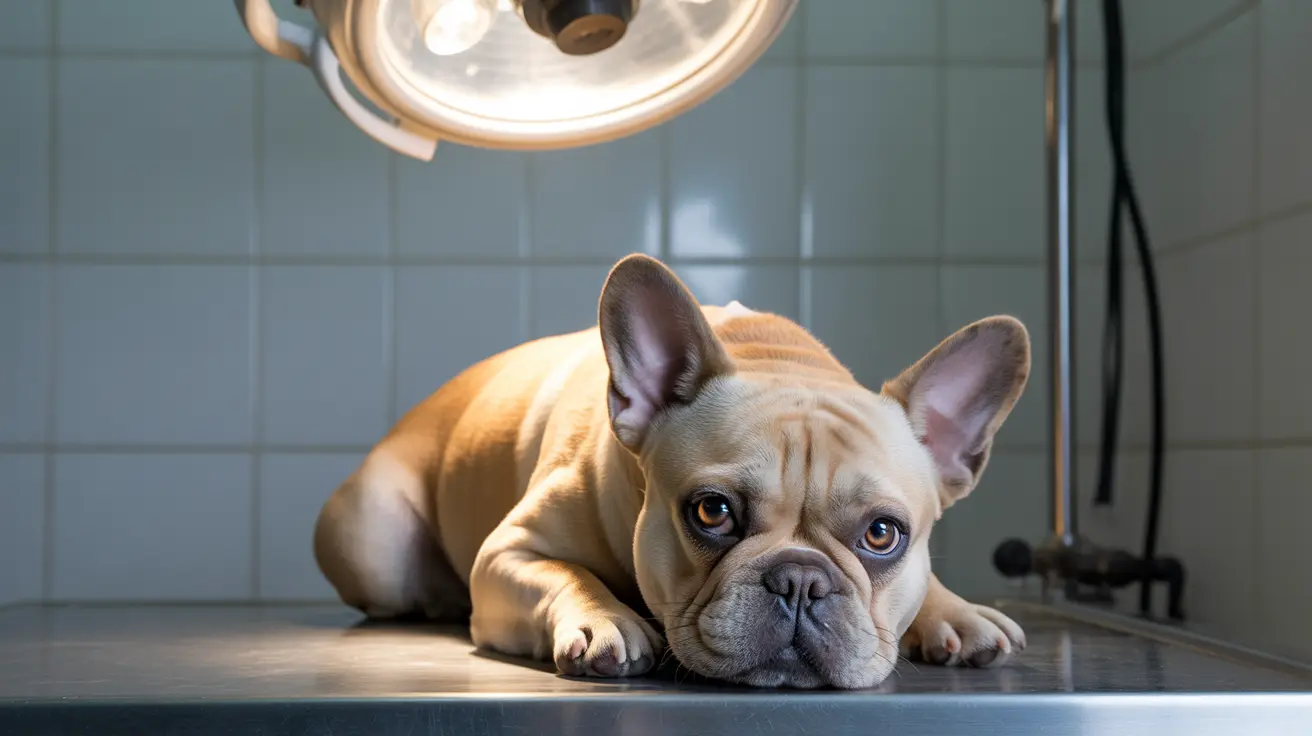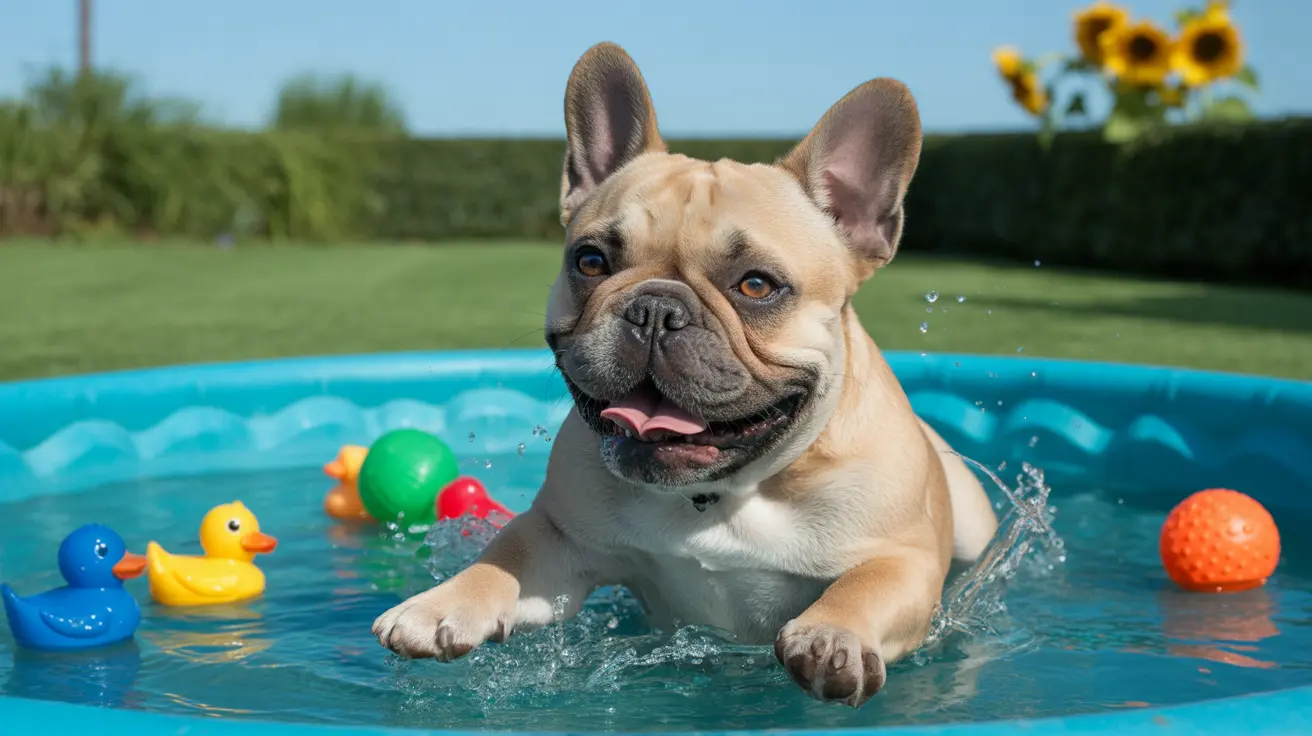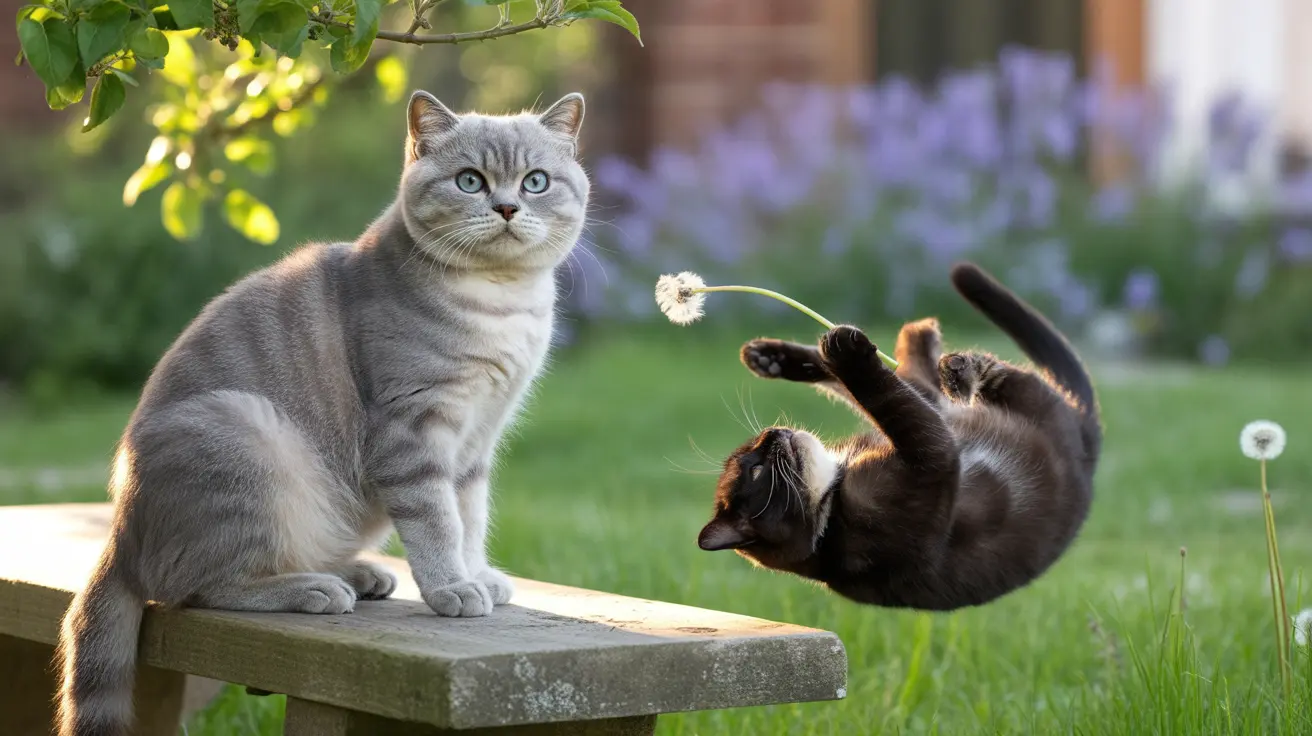The Shikoku Dog: Japan's Loyal and Rare Hunter
The Shikoku, also known as the Shikoku Ken or Kochi Ken, is a rare and loyal Japanese hunting dog breed that hails from the mountainous regions of Kochi Prefecture on Shikoku Island in Japan. Renowned for its unwavering loyalty and powerful hunting instincts, the Shikoku stands as one of six native Japanese breeds and has retained its primitive features and behavior traits over centuries. Despite its rarity, the breed is admired in its homeland and increasingly sought after by enthusiasts worldwide.
Physical Characteristics
Shikoku dogs are medium-sized, athletically built, and bear the spitz-type profile. Key features include:
- Height: 17–22 inches (at shoulder)
- Weight: 35–55 pounds
- Pricked triangular ears that point slightly forward
- Thick curled tail held over the back
- Clearly defined muscles and compact frame
The breed combines strength with grace, allowing it to navigate rugged terrains where it once tracked wild boar and deer.
Coat and Color
The Shikoku's coat features a harsh, straight outer layer with a dense, soft undercoat. This double coat requires attention, especially during seasonal shedding. Recognized coat colors include:
- Sesame: A balanced mix of red and black hairs
- Red Sesame: More red than black
- Black Sesame: More black than red
- Black and Tan: Recently recognized as standard in Japan
In addition, the urajiro pattern—light cream or white markings—is standard, manifesting on areas such as the muzzle, neck, chest, and underside.
Bloodlines
There are two primary bloodlines within the breed:
- Hongawa Line: Lighter build, thinner coat, more athletic
- Hata Line: Stockier, thicker coat, more intense color demarcations
Temperament and Loyalty
The Shikoku's defining trait is its loyal devotion to its family. Highly intelligent and alert, they are reserved around strangers but form a strong bond with their human companions. Other behavioral traits include:
- Independent and stubborn — requires experienced handlers
- Quiet and reserved — generally not prone to barking
- Protective — especially of territory and family
Proper socialization from an early age is vital to nurture a balanced temperament, preventing potential reactivity or excessive territorial behavior.
Exercise Needs
The Shikoku is a high-energy dog with an active mind. As such, daily exercise and mental stimulation are crucial. Recommended activities include:
- Long walks or hikes
- Canine sports or agility training
- Interactive puzzle toys
- Jobs or regular tasks appropriate for the dog's instincts
Without adequate physical and mental engagement, the breed may become bored or destructive.
Training and Socialization
Due to its independent streak, training a Shikoku requires patience, consistency, and positive reinforcement. Key training aspects include:
- Early socialization with people, dogs, and other stimuli
- Structured obedience routines
- Clear, consistent leadership without harsh discipline
Shikokus are fast learners but can also be headstrong, making them more suitable for experienced dog owners.
Grooming and Maintenance
Though not demanding in grooming, the Shikoku benefits from:
- Brushing several times a week
- Increased brushing during shedding seasons
- Occasional bathing
- Regular nail trimming
- Routine ear checks and dental care
Health and Lifespan
Generally a healthy breed, the Shikoku has a lifespan of 10–15 years. However, certain genetic issues have been observed:
- Hip or elbow dysplasia
- Luxating patella
- Epilepsy
- Allergies (flea, food, environmental)
- Rare diseases like metatarsal fistulation and neuronal ceroid lipofuscinosis
Reputable breeders perform thorough health screenings to minimize such risks.
Feeding Requirements
Feed a high-quality, well-balanced diet suited to the dog’s age, size, and activity level. Adult Shikoku dogs typically eat two meals daily. Note that the breed may be selective eaters, so monitoring eating habits is advised.
Origins and Historical Significance
The Shikoku's lineage traces back to ancient Japanese hunting dogs used throughout Shikoku Island. Noteworthy are the now-fused Awa, Hongawa, and Hata lines. In 1937, the breed was declared a Living National Monument of Japan, highlighting its historical and cultural importance.
The breed is recognized by the Japan Kennel Club and United Kennel Club but remains part of the American Kennel Club’s Foundation Stock Service.
Availability and Ownership
Outside of Japan, Shikokus remain extremely rare. Finding a puppy may require contacting dedicated breeders and committing to a waitlist. This breed is best suited for dedicated, experienced owners who can provide the right balance of space, exercise, and structured guidance.
In Summary
- Highly loyal to family with deep ancestral roots in Japan
- Medium-sized, spitz-type with a double coat
- Energetic and independent, needs experienced handling
- Not ideal for first-time owners or homes with small pets
- Generally healthy, lives up to 15 years with proper care
Through careful management, socialization, and respect for its nature, the Shikoku can be a fiercely loyal partner and an unmatched companion in the right home.





